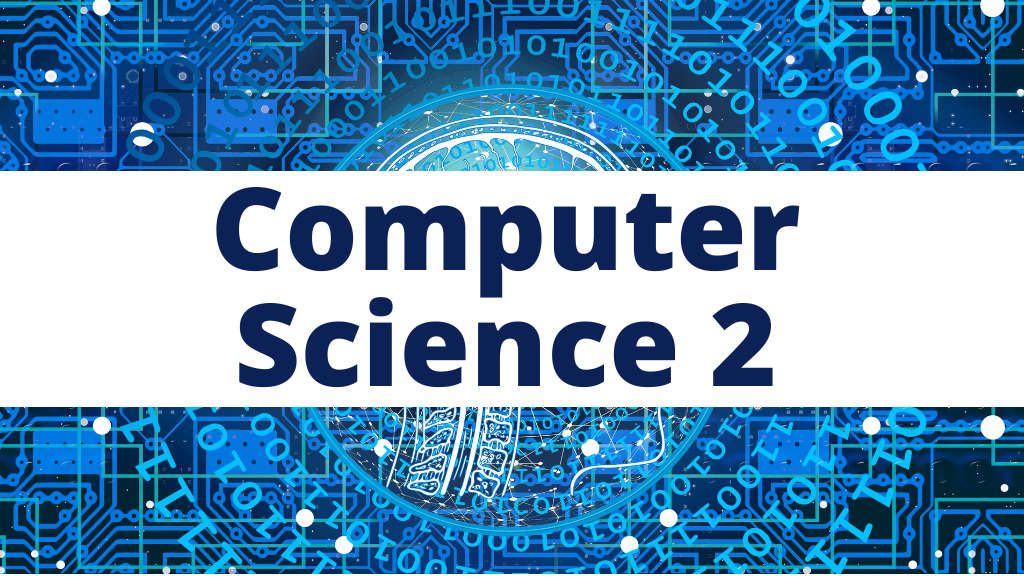- Teacher: Fatiha Boudjemaa
- Teacher: Meriem Fizir

The distinction between science and technology is crucial in the field of computer science, particularly in the first year of undergraduate studies (L1). Computer science focuses on the theoretical foundations of computing, such as algorithms, data structures, and programming principles. It aims to develop a deep understanding of the underlying concepts that enable solving complex problems.
- Teacher: KHERROUBI SEDDIK
- Teacher: Horiya BOUKHATEM
- Teacher: Karima Morsli

Physics is the science that tries to understand, model, and explain the natural phenomena of the Universe. It corresponds to the study of the world around us in all its forms, the laws of its variations, and their evolution.
Several phenomena that surround us are of an electrical nature. For example, lightning during a storm or the transmission of nerve impulses from one neuron to another are forms of electricity. Several technological applications allow for the artificial production of electricity and the utilization of this form of energy.
One generally distinguishes two main types of electricity:
Static electricity (or Electrostatics): refers to all phenomena related to stationary electric charges. These charges are therefore immobile and it is only their transfer that creates electrical phenomena.
Dynamic electricity (Or Electrodynamics): encompasses all phenomena related to moving electric charges. Electric charges must then be placed in a circuit made of conducting materials, allowing them to flow freely.
- Teacher: Mohamed ELBAA

